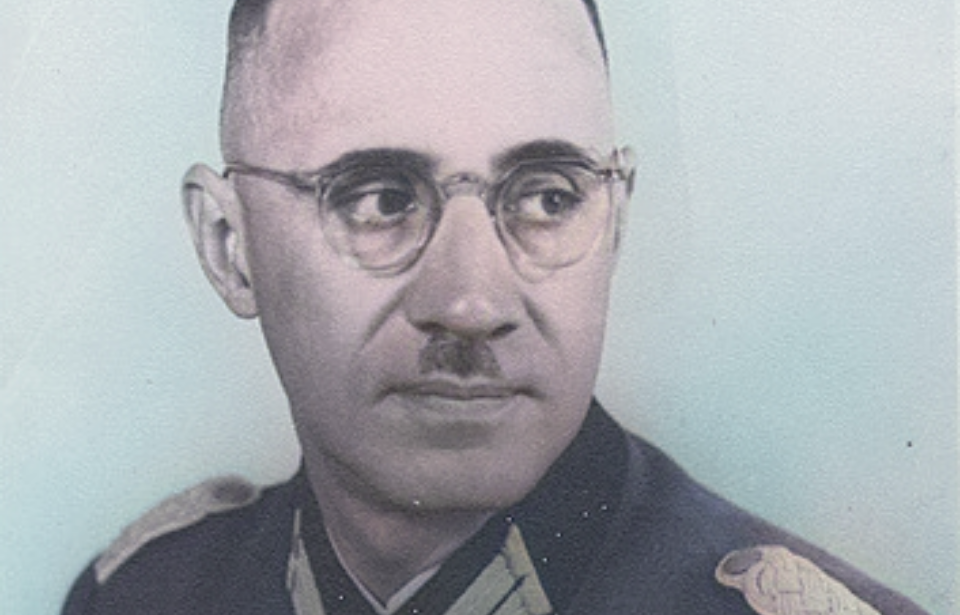The Second World War saw numerous atrocities committed against a large portion of Europe’s Jewish population. Upon being drafted into the German Army, engineer Karl Plagge knew he needed to do something, and thus risked his life to save the lives of Jews living in one Lithuanian town.
Service in World War I
Karl Plagge grew up in a family with a history of serving as military doctors. He fought in some of the most intense battles of World War I, including at the Somme, Verdun and Passchendaele. In 1917, he was captured and made a prisoner of war by the British Army. He remained imprisoned until 1920, during which time he caught polio, causing his left leg to become disabled.
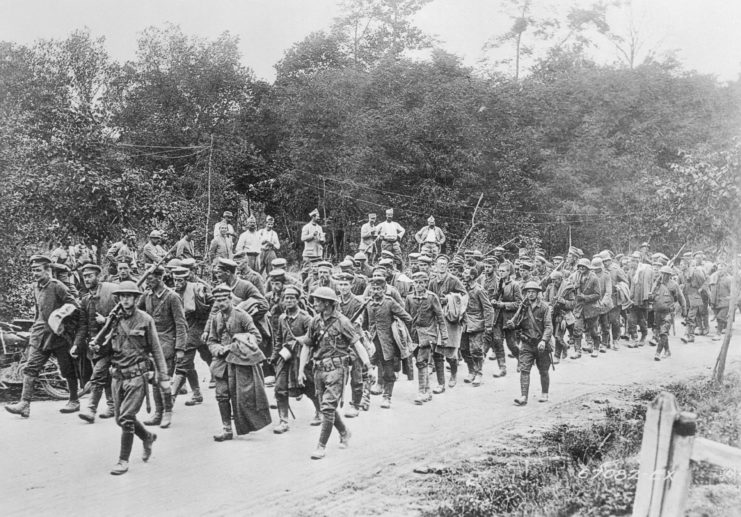
Upon his release, Plagge returned home and earned a degree in chemical engineering from Technische Universität Darmstadt. He had initially hoped to follow family tradition by studying medicine, but couldn’t afford the years of schooling.
While he did marry in 1924, he and his wife had to live with his mother due to financial issues.
A religious and political crisis
Karl Plagge’s experiences in the German Army, combined with his disability, made him question many things about his life. While he was at one time a practicing Lutheran, he gave up his faith following the conclusion of World War II. Before this, in 1931, he joined the National Socialist German Workers’ Party (NSDAP). Plagge claimed he was initially drawn in by promises to rebuild the country’s economy and Adolf Hitler’s appeals to national pride.
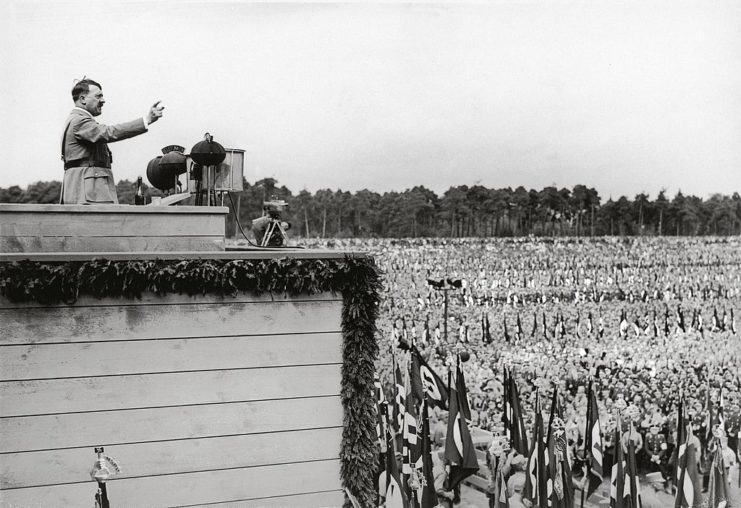
Over the next few years, Plagge worked as an organizer for the party. He began to have conflict, however, once it gained control in 1933. Plagge was critical of the party’s theories about race, believing them to be unscientific. He was also disgusted by the way it punished its political opponents.
Rather than leave the NSDAP, Plagge hoped to create change from within.
Back in the service
In 1935, a local party leader accused Karl Plagge of being friends with Freemasons and Jews. He was set to appear in front of a party tribunal, but instead opted to cut all ties. Plagge began to work at Hessenwerks, an engineering company owned by Kurt Hesse. Hesse’s wife, Erica, was part Jewish.
Soon after he became chief engineer at Hessenwerks, Plagge was drafted into the German Army as a captain. At this time, he stopped paying dues to the NSDAP.
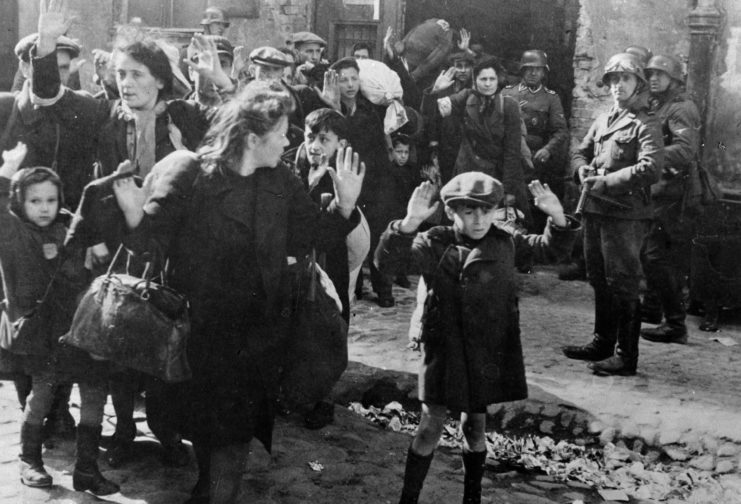
Plagge was sent to Poland, where he was in charge of an engineering unit that repaired and maintained military vehicles. While in Poland, he witnessed the atrocities being committed against the country’s Jewish population. Before long, he’d made the decision to actively fight back against the German Army.
Plagge and work certificates
In 1941, he was put in charge of Heereskraftfahrpark (HKP) 562 and stationed in Vilna, Lithuania (modern day Vilnius), which was home to the Vilna Ghetto. There, he came up with a way to protect a portion of the Jewish population. He began giving out work permits to local Jewish men, regardless of their skill or background. These certificates protected them, their wives and up to two children. Plagge also ensured Jews stayed safe once they were in his shop. If workers were racist or hostile toward them, they were reassigned to different parts of the factory.
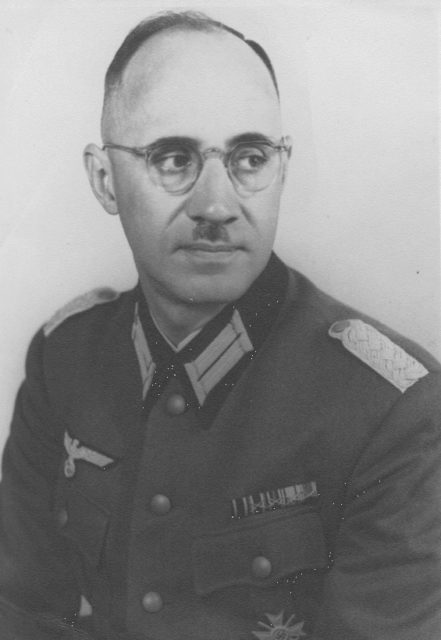
Despite the supposed protection of the work permits, some of Plagge’s workers were still picked up in sweeps. If they were, he would plead their case, in an effort to keep them from being executed. Following the arrest of 70 workers and their families, he exaggerated the importance of their work to the war effort, securing their release.
After striking a deal with the SS in 1943, Plagge’s workforce increased from 364 Jews to over 1,000.
Conditions get more serious
After the 1943 Warsaw Ghetto Uprising, Heinrich Himmler, the head of the SS, decided to liquidate all ghettos. 300 of Plagge’s workers were taken and tabbed to be sent to concentration camps. He attempted to save the men, but was unable. However, he did hire 300 more in their place.
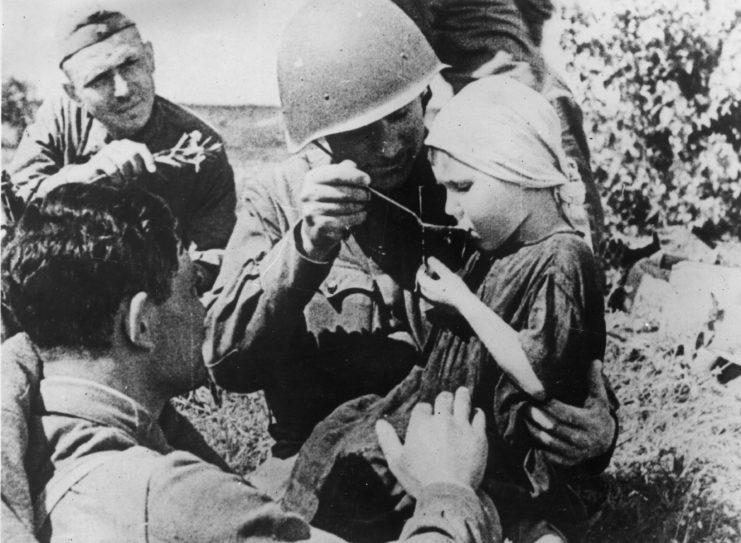
In 1944, the Russia Red Army approached Vilnius, where the factory was located. The German Army prepared to withdraw and looked to liquidate the Jews in Plagge’s shop. Knowing they would be murdered before the Russians arrived, some workers began to build hiding places within the shop.
When the Germans came, 500 Jewish workers appeared at roll call and were killed. The around 300 who tried to hide or escape were also killed. It’s estimated 150-200 Jews were able to avoid detection and were later liberated by the Red Army.
The aftermath of Plagge’s actions
Karl Plagge traveled to the west and surrendered to the US Army. He was tried in 1947, during which he and his subordinates told the court about their actions. Plagge was not completely exonerated, however, as it was believed his efforts were humanitarian and not in opposition to the NSDAP.
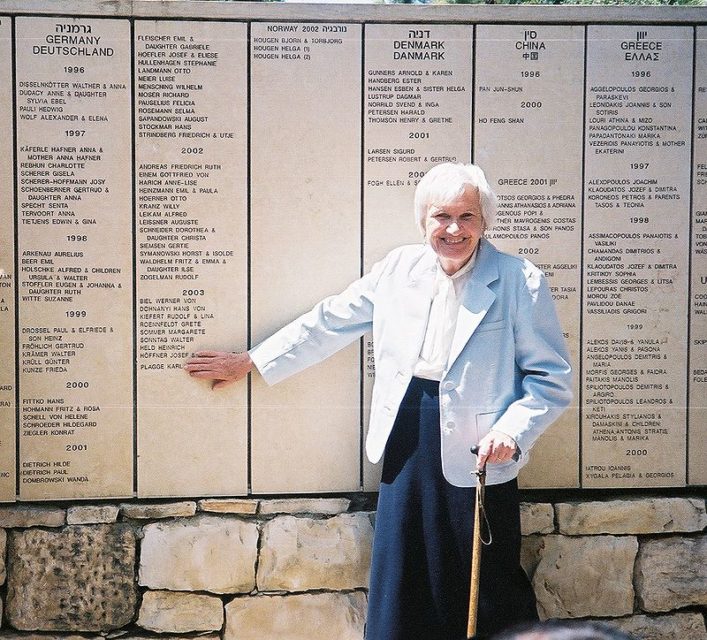
Plagge lived quietly for the rest of his ten years of life. He did not consider himself a hero, thinking more about those he failed to save rather than the ones he was able to rescue. In 2004, the committee for the Yad Vashem, Israel’s official memorial to victims of the Holocaust, recognized him as Righteous Among the Nations.
